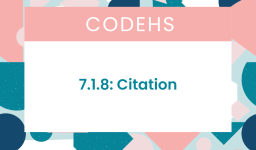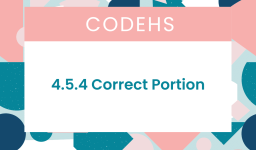The most common answer is:
use in to determine if word contains any vowels!
word = “dodo”
def contains_vowel(word):
vowels = [“u”, “o”, “i”, “a”, “e”]
for i in vowels:
for letter in word:
if letter == i:
return True
else:
return False
print (contains_vowel(word))To streamline the function and accurately check if the word contains any vowel, you can utilize the in operator more effectively. The current nested loops approach isn’t optimal because the function will return False after checking only the first letter against the first vowel, which isn’t the intended logic.
Here’s how you can revise the code:
word = "dodo"
def contains_vowel(word):
vowels = ["u", "o", "i", "a", "e"]
for letter in word:
if letter in vowels:
return True
return False
print(contains_vowel(word))
This code defines a function contains_vowel that iterates over each letter in word and checks if it is in the list of vowels. If any letter in the word is a vowel, it immediately returns True. If the loop completes without finding a vowel, the function returns False after the loop, ensuring that the entire word is checked.
This corrected approach ensures that the function correctly identifies whether any vowel is present in the input word “dodo”, and it will print True because “o” is a vowel found in “dodo”.



